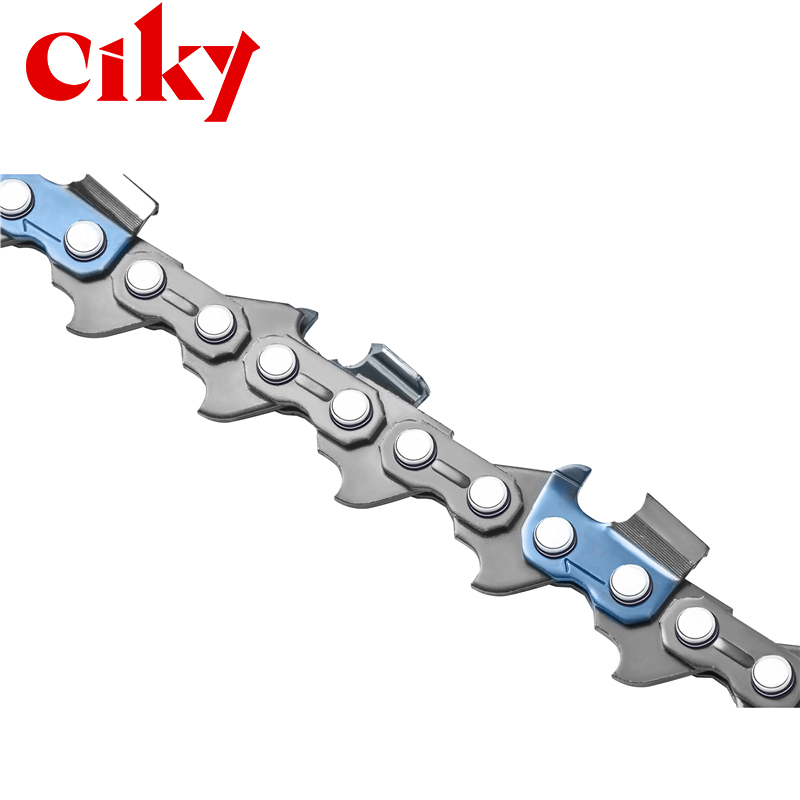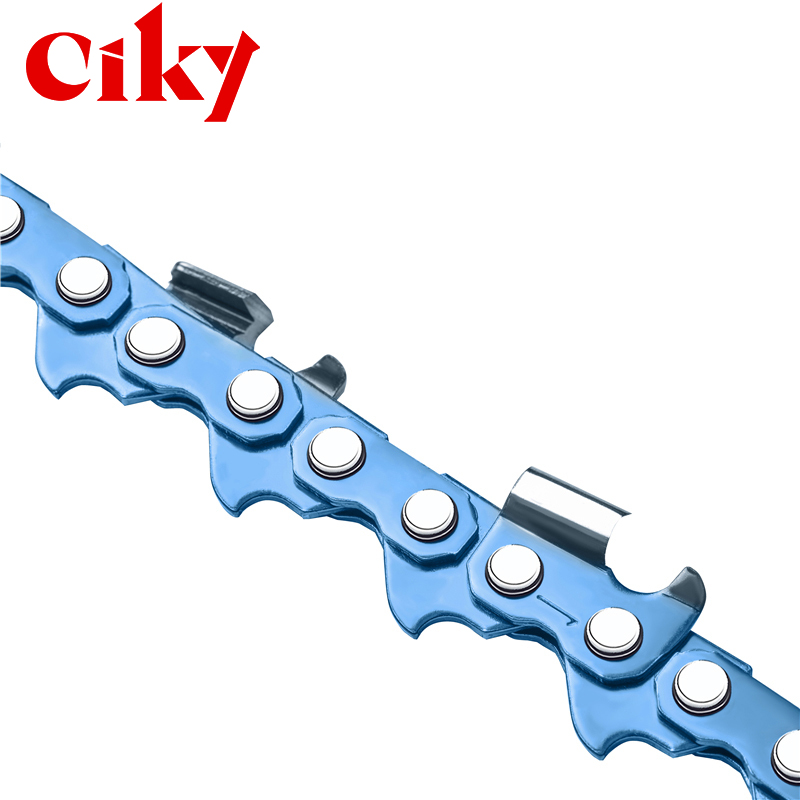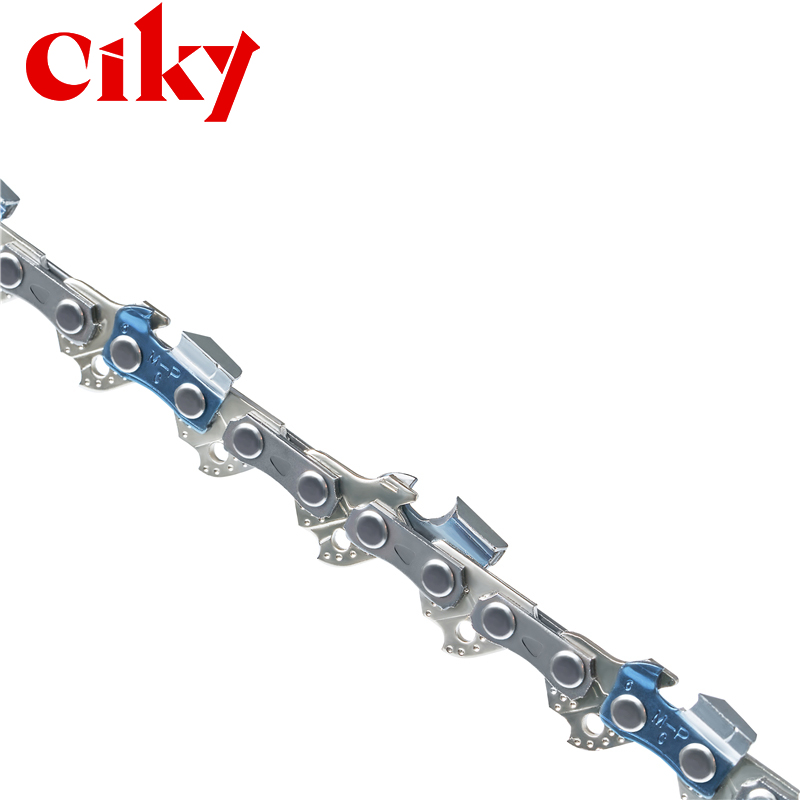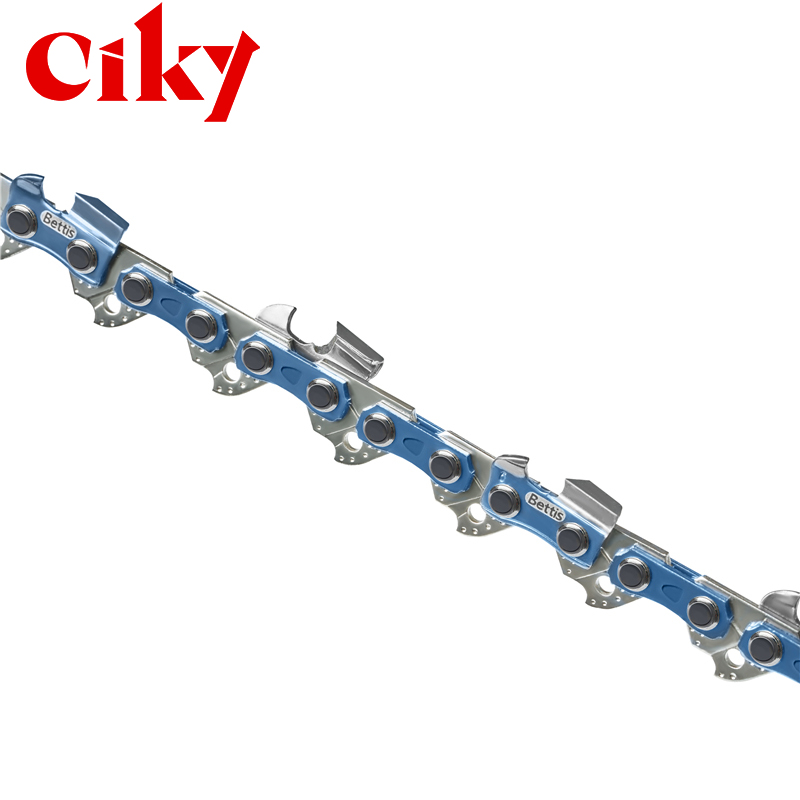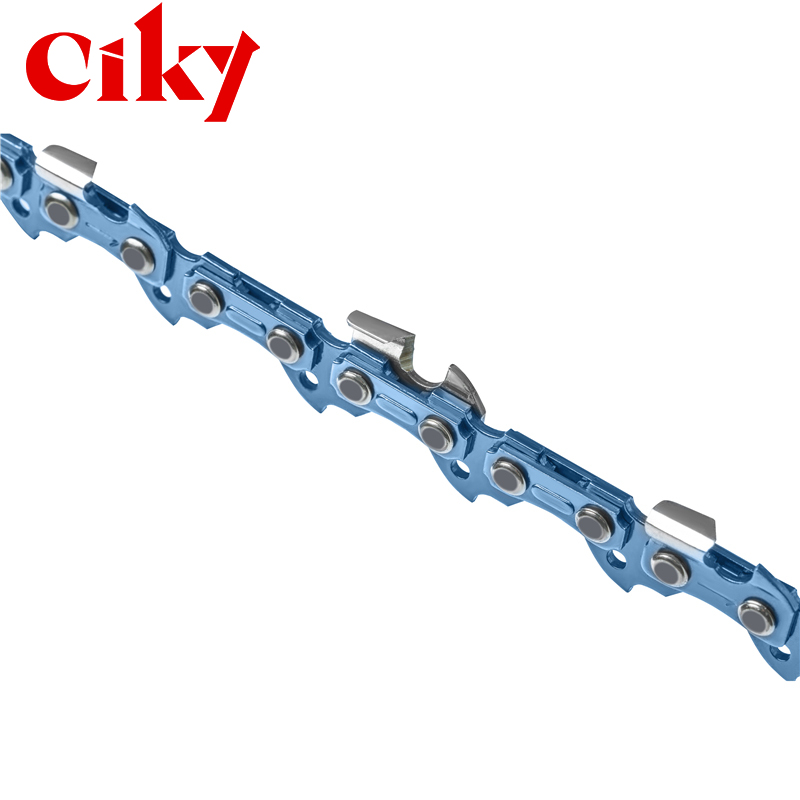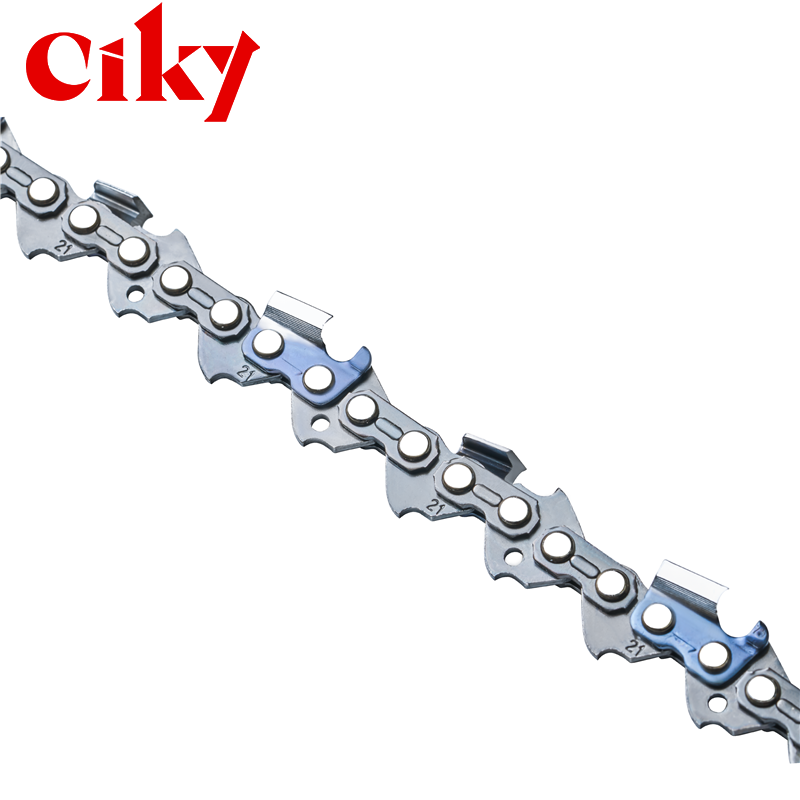How to Sharpen a Chainsaw
Author:admin Date:13-09-2022
The chainsaw chain is made up of teeth, or cutting teeth, which are used to cut wood. There are several different types of chainsaw teeth, which vary in size and pitch. The pitch of a chainsaw chain is the distance between the links of the chain, and can be determined by measuring the distance between the rivets of the chainsaw chain. The pitch of a chain saw chain is typically reported in inches by U.S. manufacturers, but there are several common tooth sizes and pitches.
The pitch of a chainsaw chain is the distance between the drive links. Generally, the larger the pitch, the heavier the chain. To ensure proper chain fit, the chain should match the guide bar and the saw sprocket. The typical chain pitch is between 0.325 inches and 3/8 inch.
Changing the chain on a chainsaw is not hard to do. You can read the manufacturer's manual or online instructions to find out the right size. You can easily check your chain size by turning it 180 degrees between sharpenings. If you aren't sure about the length of your saw chain, you can also use your own gauge.
Sharpening is a vital aspect of chainsaw maintenance, and you can find the instructions you need in your product manual. Just be sure to read the instructions carefully. The sharpening angle for your chainsaw chain is different for each model. If you are unsure about the exact angle you should follow, refer to the manual or blade packaging.
The first step in sharpening your chain saw is to make sure that the teeth are facing the right direction. Remember that if the teeth are facing the wrong direction, your saw will not cut properly. Alternatively, if you reverse the process, you can file the teeth of the chain that you left in the first pass. The next step is to check the depth gauges. The depth gauges, the curved links between the cutters, should be shorter than the adjacent cutter. If they are too long or too short, you should file them down until they are at least a tenth of an inch below their counterpart.
The chain length, or chainsaw chain sequence, is another factor to consider. The length of the chain is essential for safety and cutting efficiency. The length of the chain is determined by the bar length, the size of the sprocket, and the overall configuration of the saw. The chain length will naturally wear down over time. This is because the friction between the saw and the wood wears down the teeth of the chain. Another factor that will cause the chain to wear down prematurely is incorrect installation or use.
Another factor in chainsaw chain length is the gauge. Most chain saw chains have a gauge measurement stamped into the metal. This will tell you how many teeth are in the chainsaw chain. If the depth gauge is too low, the chain will not cut effectively and may cause a kickback. In order to prevent this, the chain must be regularly inspected. Some chains also have guard links that buffer the leading edge of the depth gauge.
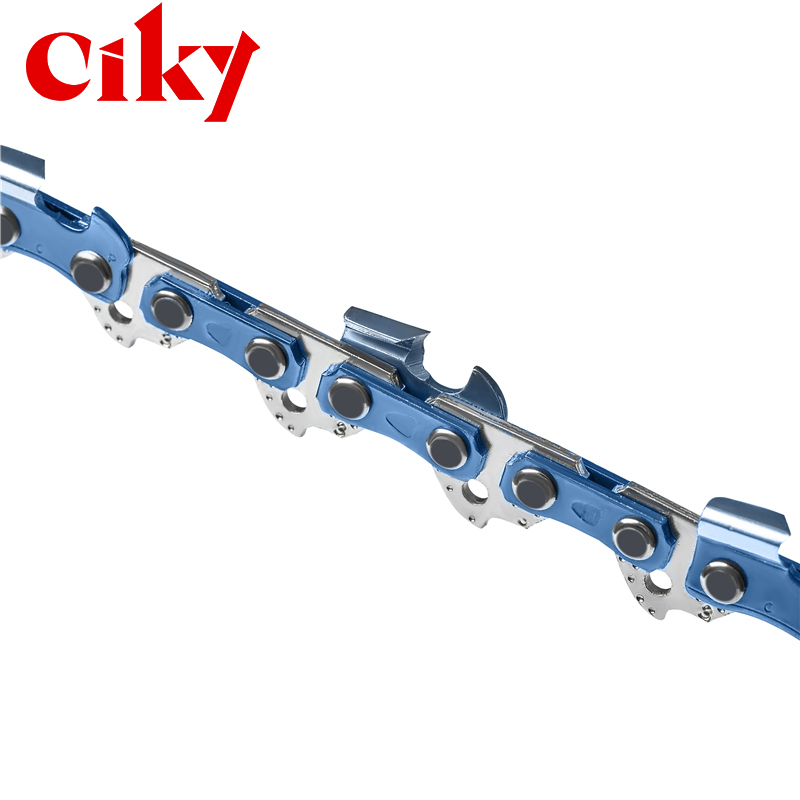


 English
English Español
Español